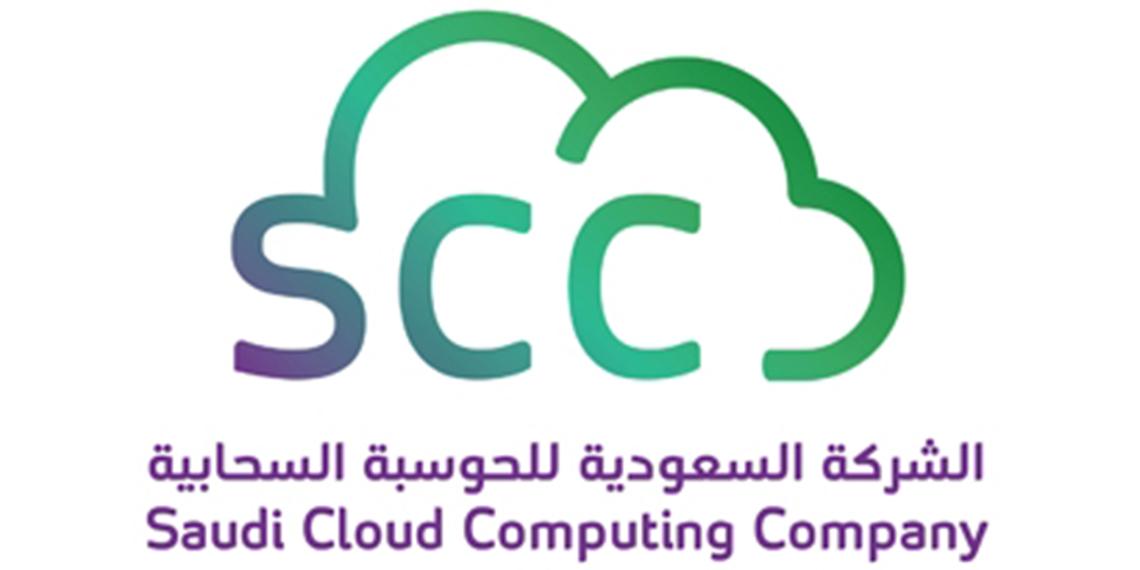In early October, STC launched the Saudi Cloud Computing company, known in short as the ’SCC’, as a partnership between STC and ELM, under the patronage of the National Information Center, as part of STC’s drive to contribute in their own way towards achieving Vision 2030 and create a brighter future for the generations to come and truly elevate the Kingdom’s economy.
Leveraging the Ministry of Interior’s database of citizen and resident records, through the National Information Center, ELM’s track record in delivering massive scale digital services to end-users through web portals and smartphone applications, and STC’s pervasive nationwide networks and experience in building cloud environments, the Saudi Cloud Computing Company has everything, any digitization project needs.
Moreimportant it is local, meaning that everything is hosted at extremely secure facilities. It will start by providing public sector agencies with cloud computing services. In the long run also, it will provide companies seeking to serve users out of the region with a much needed and closer point of presence.
In the interim, this company will cater to the public sector’s digitization requirements, in the long run; it will also reach out to banks, healthcare providers, and educational sector projects.
Look at the Kingdom today. There are speed cameras everywhere. Cameras, weight and motion sensors, and biometric devices all over border entry points, check points at security sensitive locations, attendance systems, cameras and CCTV systems at malls and on streets, attached to every ATM machine you come across, humidity and temperature sensors in the Holy Sites, almost everywhere you go. Unless you are paying attention or look really hard, most of the time, you do not see these devices, and unless you are doing something you should not be doing, then you should not really care. All of these devices are there for your safety and peace of mind.
The real challenge for these systems is not where you place the sensors, the cameras or other measurement and biometric devices, but really how you process all of that data to generate intelligence out of it. This needs huge computing power, massive storage systems, ultra high bandwidth data pipes.
We already have all of this in place in our country. A large majority of these systems are built and managed by us, here at STC, likewise the government has its own set of networks and systems, a large majority of which are managed by the National Information Center.
Naturally, as these systems become more and more successful, especially systems that are used daily by people, these systems will need to be expanded; their associated resources need to grow. This is an expensive activity and can take quite a long time. But before you expand a system, you need to make sure that your resources are actually at peak utilization and that they are properly managed.
Here lies the real challenge, building a system where infrastructure resources like hardware, software, and connectivity can be actively assigned, retired, and then re-assigned on the fly. A system that can be expanded without having to be rebuilt or restructured.
What glues all of these systems together is trust, security and ubiquity. Trust that these systems are always there, which is why the SCC was established. Security from how the systems are housed, how they are powered, how they are protected, in this case, they are local. Ubiquity of the services provided by these systems, as they are available on any device, anywhere, at any time, again through a national network.
The cloud has this flexibility and scalability inherent in its structure. When I say structure, I am not just talking about hardware and software, and the connectivity pipes, but also the team behind it, the philosophy and practice guiding how things are done.
Here at STC, we have adopted the cloud way of doing things into how we address requirements across the whole enterprise segment, from solutions for government to large corporations, how we provide services to SMEs.
Specifically for government agencies, there really is nothing that can address the success of the services they provide to the public sector like the cloud, because of the seasonality of demand on their services.
One element that specifically defines how government services are delivered over the cloud is identity management. This has always been the greatest challenge for government services. How do you know that the service request made from that mobile device was made in a legal and proper manner?
Last year, as per the law and the regulations enforced by the Communications and Information Technology Commission (CITC), telecom operators in the Kingdom ran a campaign to identify their customers and tie numbers in their name to their fingerprint, through what is probably one of the largest biometric data collection projects in the history of the region. The end result is that our country, through our Ministry of Interior, now has a valid identity management database, where a transaction done through a mobile device can be traced back to its owner.









